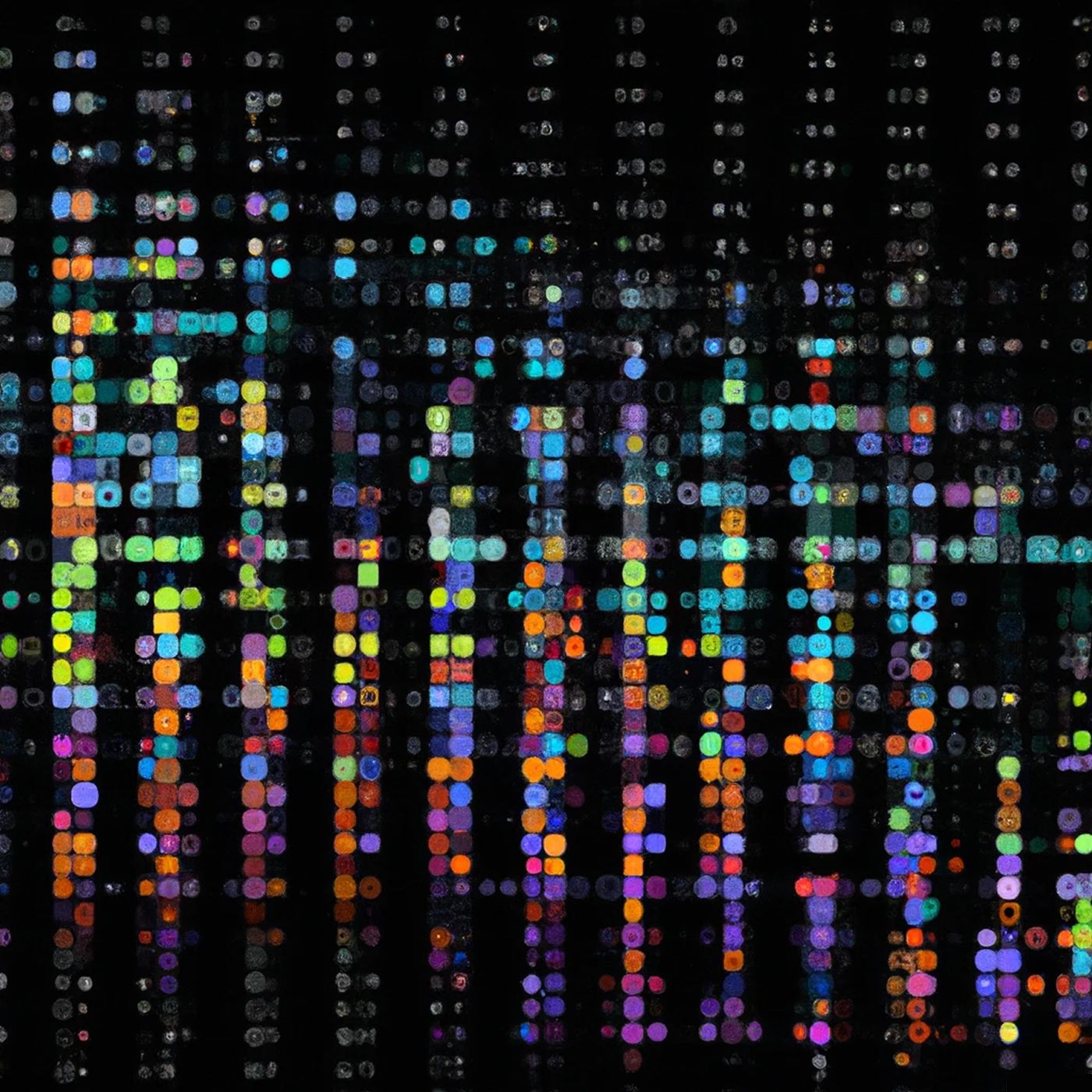344 reads
Music Generation Via A Hidden Markov Model - Part 2
by
July 30th, 2024
Audio Presented by

Speech and language processing. At the end of the beginning.
Story's Credibility

About Author
Speech and language processing. At the end of the beginning.